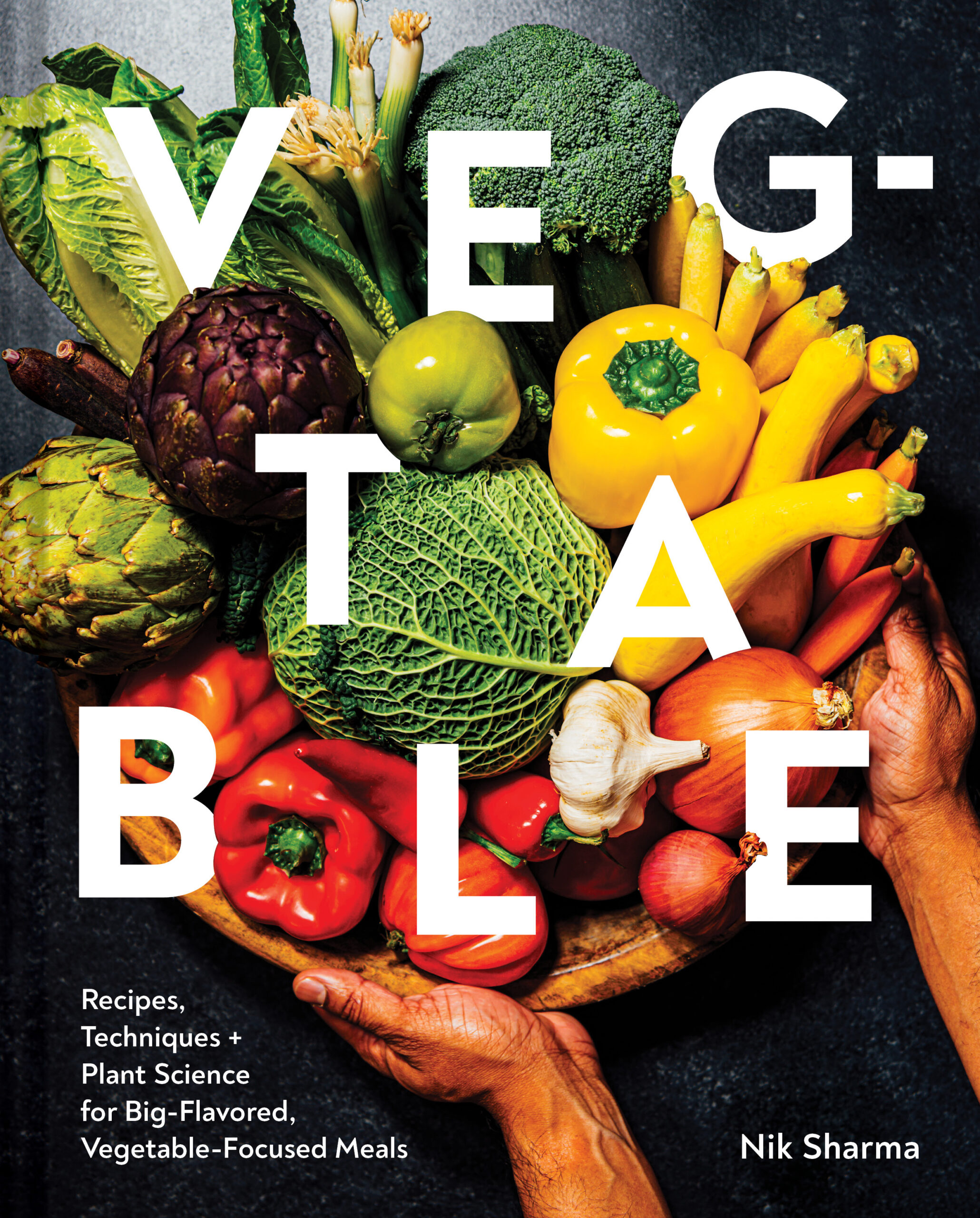Mustard oil is a rich golden-colored oil that is extracted from crushed black mustard seeds and carries the characteristic flavor profile of horseradish. It’s often used in North Indian cooking especially in the state of West Bengal but also in the country of Bangladesh. Similar to the way in which some Europeans in the Nordic countries pair horseradish with seafood and the Japanese pair wasabi with sushi, mustard oil is a popular choice of oil when cooking seafood (and also vegetables) due to its flavor, a characteristic of plants in the Brassica family. This seasoning will work with almost any type of white fish.
Print
baked branzino in mustard oil
Branzino or sea bass is one of my favorite fish to cook. Inspired by the flavors of Eastern India where mustard oil is used to cook seafood, this branzino gets a hint of mustard oil that adds a delightful wasabi-like flavor. Fruity tangy amchur from raw unripe mangoes adds a subtle hint of sour to the fish while crunchy oven-fried shallots make every bite a joy.
- Yield: 2
Ingredients
One 1.3 lb/590 g whole branzino
2 Tbsp mustard oil plus a little extra to grease the pan
2 garlic cloves, peeled and grated
1 Tbsp black and brown mustard seeds
2 tsp amchur
1 tsp Aleppo flakes
1 tsp ground black pepper
1 lemon cut into thin slices, seeds removed and discarded
For the Garnish
3/180 g shallots, peeled and cut into thin rings
2 Tbsp extra-virgin olive oil
1 Tbsp minced chives
1 tsp amchur
Instructions
- Place the wire racks at midlevel in the oven and preheat the oven to 300F/150C. Grease a roasting pan that’s large enough to fit the fish with a little mustard oil.
- Pat the fish dry with kitchen paper towels. Run a sharp paring knife along the dorsal (upper) side of the fish to create a deep pocket between the flesh and the spine, starting at about 1 in/2.5 cm from the tail and stopping about 1 in/2.5 cm before you reach the head. Flip the fish and repeat. Place the fish in the roasting pan.
- Mix the mustard oil, garlic, mustard seeds, amchur, salt, Aleppo, and pepper together in a small bowl. Spread the mixture evenly inside the pockets on both sides of the fish. Arrange the lemon slices in a layer inside the cavity of the fish. Sprinkle both sides of the fish with a little salt. Roast the fish in the preheated oven on the top rack for 30 to 45 minutes, till the flesh turns white and the skin starts to shrivel and curl on the edges. Remove from the oven.
- While the fish cooks, prepare the shallots. Line a baking sheet with a layer of parchment paper. Mix the shallots with the oil and salt in a medium bowl and spread them out on a thin layer on the lined baking sheet, place it in the oven at 300F/150C on the lower rack and cook till the shallots turn golden brown and crispy, about 30 to 45 minutes. You will need to stir and redistribute the shallots halfway through during cooking to let them cook evenly. Remove from the oven.
- To serve the fish, garnish the fish with crispy shallots and chives. Sprinkle with amchur and serve the fish immediately with bread or rice and a salad (see the Notes).
Notes
- When you buy a whole fish, make sure the eye is clear and the skin isn’t slimy. This helps give you an indication of the freshness of the fish.
- Ask your fisherman/fishmonger to clean the scales off your fish.
- I prefer to cut whole fish along the dorsal side so the flesh is exposed and gets an opportunity to meet any seasonings and permeate with the flavors.
- Mustard oil can be obtained from Indian grocery stores or you can get Yandilla, a brand of mustard oil that can be obtained from Market Hall Foods in Oakland, California as well as online.
- Heating mustard oil reduces some of the intensity of flavor, so I sometimes dress the fish with an extra tsp or two of mustard oil just before serving.
- If you can’t use mustard oil, olive oil will work just as well.
- Amchur is a powder obtained by grinding down dried unripe mangoes. Since the mango used is unripe, it contains a large amount of acid and provides sourness in this recipe. Amchur is sold at Indian grocery stores, and specialty spice markets and is also available online.
- You can cook the fish and shallots at the same time in the oven. Place your racks in the middle position, and use the top rack for the fish and the lower rack for the shallots.
- Store-bought crispy fried onions are an alternative to the shallots if you want a shortcut.
- Author: Nik Sharma



